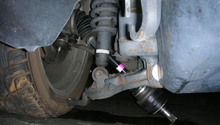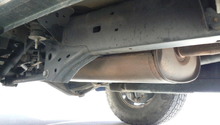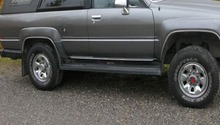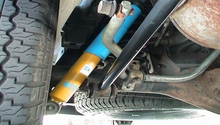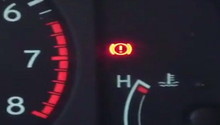Toyota Tundra: Why is My Frame Squeaking?
A squeaking frame could be an intimidating noise in the Toyota Tundra. This guide will go over some of the most common reasons your truck is making that noise.
This article applies to the Toyota Tundra (2000-present).
A squeaking frame doesn't only mean something has gone wrong with your frame, it could also mean your suspension needs some work. The Toyota Tundra has a rather tough suspension, but like most other components, it can require maintenance. A squeaking frame is your truck's way of telling you it's time to do something. Depending on the squeaking noise, it's recommended you don't drive the truck until you fix the issue; especially if you hear metal on metal squeaking, so you don't cause any further damage. This guide will go over some of the common reasons your frame may be squeaking.

Materials Needed
- Flashlight
- Socket set
Step 1 – Inspect the bed's bolts
They could be loose.
The truck's bed is held in place by a series of bolts that connect the bed to the frame. Use your socket to tighten all the bolts and ensure you're not missing any. This could cause anything from a mild rattling, to heavy squeaking. The bolts go in from the top, under your bedliner, and they connect with the nuts, which can be accessed from the bottom, connecting to the frame.
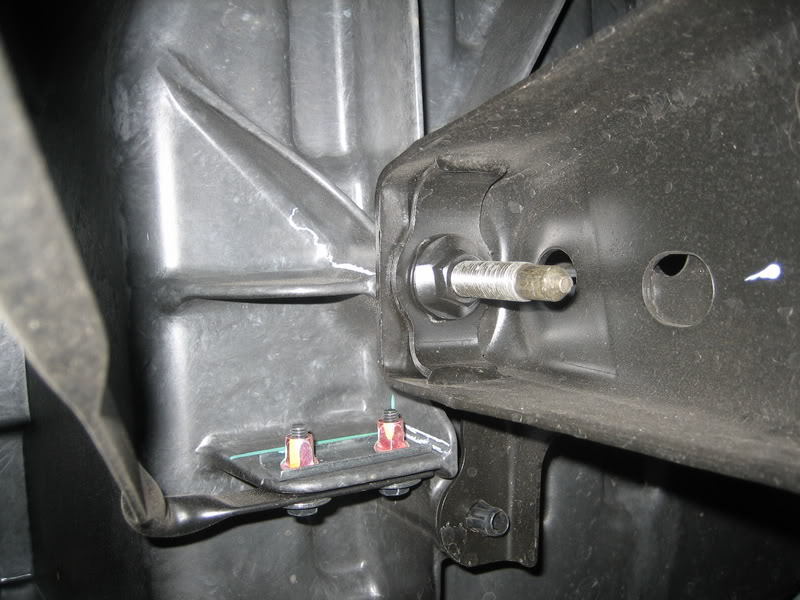
If the bed bolts and nuts are tight, proceed to Step 2.
Step 2 – Inspect shocks
They could be worn.
The shocks are not meant to last forever, and once they are worn, you will start hearing squeaks when you hit bumps or drive on slightly uneven roads. There are two ways to check for bad shocks. The first way is to go to the corner where the noise is generated, then push down on the truck. A good shock will bounce once then go back to the neutral position while a bad shock will allow the truck to bounce up and down a few times. The second way to check for bad shocks is to visually check it for leaks. A bad shock will have oil stains on it. While you're down checking the shocks, do a quick inspection for the spring. Look for any cracks or rust on it. If you need to replace the spring, you will need a tool to compress it safely before removing it.
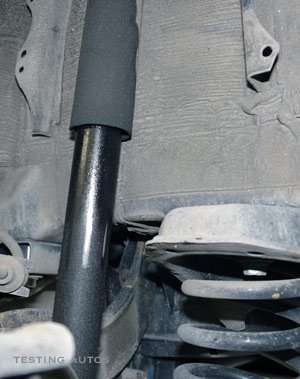
If the shocks are in good conditions, proceed to Step 3.
Step 3 – Check bushings
They could be dry, cracked, or missing.
The bushings are little rubber rings that go between all the metal suspension, so the metal doesn't touch and grind against each other. Over time, and depending on the weather conditions, they tend to dry and crack; sometimes they could fall off, which will cause a loud squeak as the metal grinds on other metal. Check the control arms under the side that is squeaking, and make sure all the rubber parts are in a good condition. If you need to change any bushings, it's best to consult a professional, as they take some man-power to remove and install.
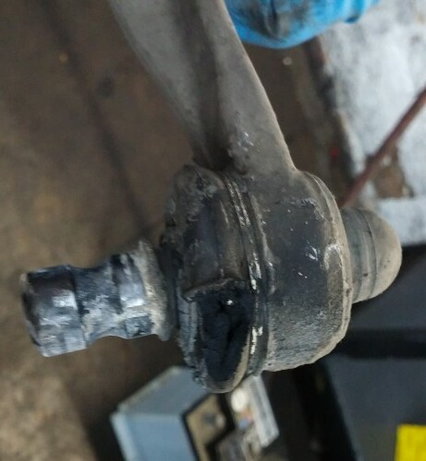
Related Discussions
- Squeaks Over Bumps - YotaTech.com
- Front End Noise - YotaTech. com
- Creaking and Groaning Noise - YotaTech.com

